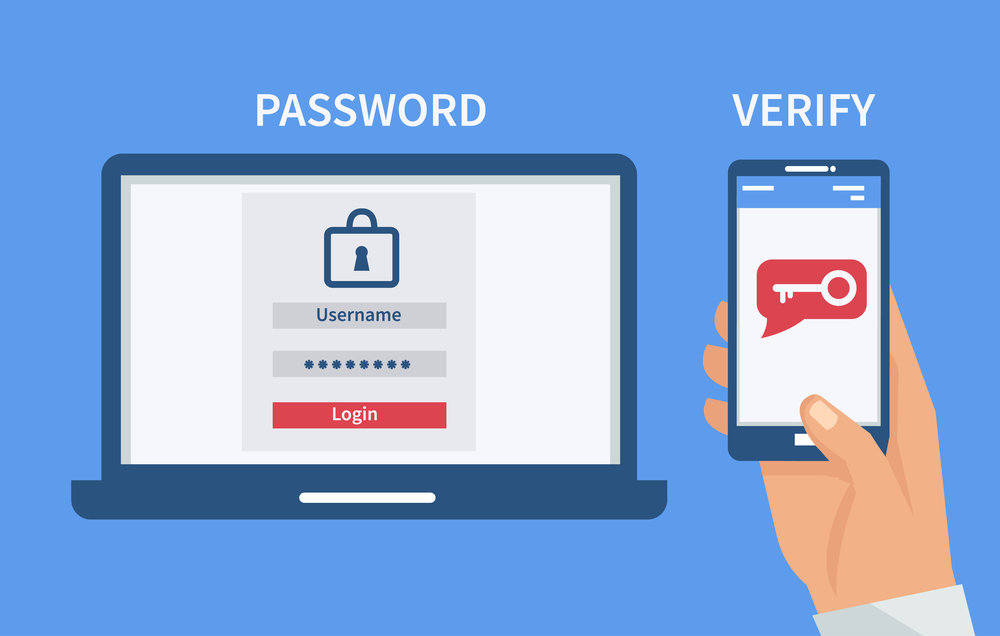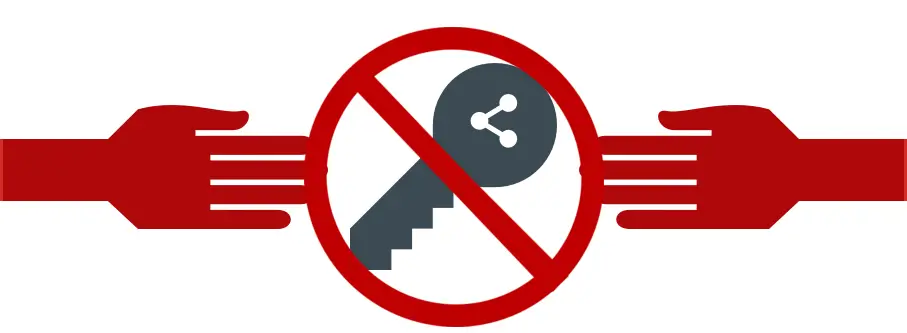What is 2 Factor Authentication?
Written: September 24,2023
In today's digital age, the internet is both a treasure trove of convenience and a minefield of potential threats. We've all heard the stories of accounts being hijacked, personal data falling into the wrong hands, and the unsettling feeling of someone else masquerading as you online. The culprit? Often, it's the humble password.
In this blog, we're about to embark on a journey into the realm of digital security, where passwords alone are no longer enough to keep your online life safe. Imagine having an extra layer of protection, like a digital forcefield, that shields your accounts from the relentless advances of cybercriminals. That's where Two-Factor Authentication, or 2FA, steps into the spotlight.

Now that we understand the need for enhanced security let's delve into the world of Two-Factor Authentication, or 2FA. But what exactly is 2FA, and why should you care? 2FA allows us to add another layer of security to our accounts and data as it adds a second method of identity verification. It refers to using two different factors that you must provide to authenticate your credentials or access to something. Generally, you’ll already have the factor “Something You know” in place for example a password or PIN. The other factor that usually comes in would be “Something You Have” like an OTP (One-time-password) token or a security key. As we are in the digital age, this can also be in the form of a text with a code sent to your smartphone or other device, or a smartphone authenticator app. Another factor would be “Something You Are” which is a biometric identity and usually would include providing a fingerprint or maybe doing a facial recognition scan to prove identity.
Most of the applications and websites we use allow us to set up 2FA to bolster the security of our accounts. They usually have the option of using OTP via text/email or an authenticator app which generates a code that can only be used in a set time. Let’s look at the flow of how 2FA would work if you used an authenticator app:
- You’re attempting to log on to Instagram and you have entered your username and password.
- Your credentials are correct and you are now prompted to enter the code from your app.
- You proceed to open your authenticator app and retrieve the code being shown.
- You then enter the code provided and boom, you now have access to your profile.

Authenticating via an application
Many other combinations of identifiers can be used, including a password plus SMS code to a registered mobile device (OTP), a password or passphrase combined with a biometric identifier such as a fingerprint sensor, or a physical token plus an answer to pre-determined authentication questions, etc. The primary benefit of having 2FA enabled on your accounts is that it will prevent unauthorized access to your data, even if your password is compromised. Some other benefits include:
- Protection Against Phishing Attacks : Phishing attempts are a common tactic used by cybercriminals to trick users into revealing their login credentials. With 2FA in place, even if you inadvertently provide your username and password to a phishing site, the attackers won't have the second factor needed to access your account.
- Mitigation of Password Vulnerabilities: Let's face it; passwords can be weak links in your security chain. They can be forgotten, guessed, or stolen. 2FA reduces your reliance on passwords as the sole means of access, making it harder for attackers to compromise your accounts.
- Protection Across Multiple Devices: Many 2FA methods, such as authentication apps or hardware tokens, work across multiple devices. This means you can access your accounts securely from your smartphone, laptop, or other trusted devices.
- Adaptability to Your Lifestyle: 2FA methods are versatile and can be tailored to your preferences. Whether you prefer receiving one-time codes via SMS, using authentication apps, or relying on biometrics like fingerprint scans, 2FA allows you to choose the method that suits your lifestyle best.
- Industry Standard: As online threats continue to evolve, many organizations, including banks, social media platforms, and email providers, have made 2FA a standard security feature. Enabling 2FA on your accounts aligns with industry best practices and keeps you ahead of security trends.

Never share your passwords with anyone!
In conclusion, Two-Factor Authentication isn't just a cybersecurity buzzword; it's a practical and effective way to fortify your online defenses. By enabling 2FA on your accounts, you're taking a proactive step toward safeguarding your digital identity and maintaining control over your online presence. Don't wait—empower your accounts with 2FA today!
Here are some bite-size nuggets to chew on:
- Never share your OTP or authentication codes with anyone.Your codes are your keys to security.
- Keep your account details confidential. Don't share your login credentials with anyone, no matter how trustworthy they seem.
- Stay vigilant and question suspicious sites or messages. If something looks fishy, it's better to be safe than sorry.
- Craft strong, unique passwords. Mix in uppercase and lowercase letters, numbers, and symbols for added security.
- Remember that 2FA is an extra layer of protection, but it's not foolproof. Stay alert and proactive about your online security.
- Explore Multi-Factor Authentication (MFA). MFA uses multiple factors for identity verification, adding even more security.